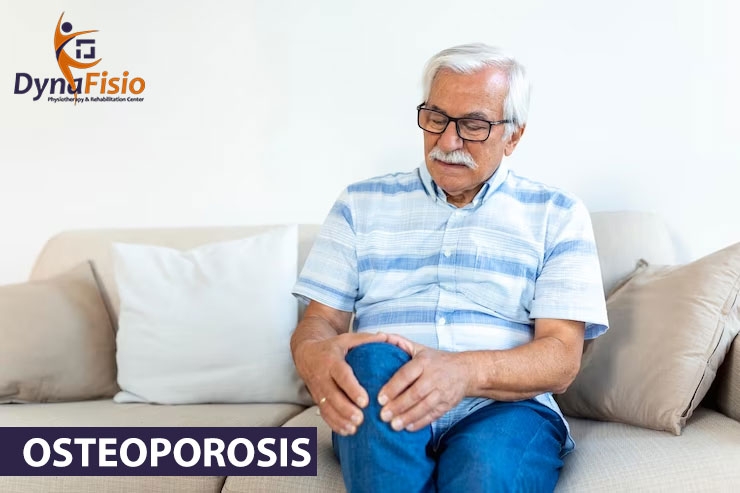Osteoporosis is a disease that causes bones to become fragile and more susceptible to breakage and fracture. It is a condition that affects millions of people worldwide, and it is important to understand how to treat it.
There are a number of types of osteoporosis, and each requires a different approach to treatment. Early diagnosis is key, as is seeking out the help of a qualified physiotherapist. The physio can help you to focus on your weak areas and improve your overall strength and flexibility. This will help to prevent fractures from happening, and will also help you to feel more energetic and active.
If you are suffering from osteoporosis in Gurgaon, it is important to seek out professional help as soon as possible. By following a few simple guidelines, you can ensure that you receive the best possible treatment for your ailment.
Osteoporosis is caused by a combination of genetic and environmental factors. The most common causes of osteoporosis include age, gender, ethnicity, lifestyle, diet and family history.
Age is the single most important factor in the development of osteoporosis. As you age, your bone density and strength slowly decline. This makes it more likely that you will experience a fracture if you suffer from osteoporosis.
Gender is also a major factor in the development of osteoporosis. Women are more likely to develop the disease than men, and they typically experience it at a younger age than men.
Ethnicity is another important factor in the development of osteoporosis. People from countries where there is a high prevalence of the disease tend to have a higher risk of developing it.
Lifestyle is also a major contributor to the development of osteoporosis. Smoking, obesity, and lack of exercise all increase your risk of developing the disease.
Family history can also play a role in the development of osteoporosis. If one or both parents have suffered from fractures due to osteoporosis, you are at an increased risk of developing the condition yourself.
The symptoms of osteoporosis can differ from person to person, but they generally include:

If you are worried about your risk of developing osteoporosis, it is essential to talk to your doctor about your options for testing. You may also want to schedule a consultation with a physiotherapist to see if they can help you manage your symptoms and improve your overall health.
The first step in diagnosing osteoporosis is to determine your baseline bone density. This can be done through a number of tests, including:
X–rays: As bone density decreases, X-rays may show an increased amount of bone fractures.
Bone mineral density (BMD): BMD is determined using a special technique called dual-energy x-ray absorptiometry (DEXA). This test measures how much damage the bone has taken over time and gives an idea of your overall bone health.
Bone scan: A bone scan uses radiation to create images of the body’s bones. It can be used to detect any abnormalities, including problems with your bones’ structure or density.
If you are worried about your risk of developing osteoporosis, it is essential to talk to your doctor about your options for testing. You may also want to schedule a consultation with a physiotherapist to see if they can help you manage your symptoms and improve your overall health.
The treatment for osteoporosis depends on the individual’s symptoms and the severity of their condition. Treatment may include medication, surgery, or physical therapy.
Medication: Many types of medication are available to treat osteoporosis. These drugs work by increasing your bone density and preventing fractures.
Surgery: Surgery may be necessary if you have a severe case of osteoporosis. This can include procedures such as hip replacement, spine surgery, or hand surgery.
Physical therapy: Physical therapy can help you to improve your overall strength and flexibility. This will help to prevent fractures from happening and will also improve your quality of life.
Treatment for osteoporosis in Gurgaon comes with risks, including potential side effects from medication or surgery. It is important to discuss these risks with your doctor before beginning treatment.
Osteoporosis is a disease that affects the bones and makes them fragile. The bones become weak, easily fractured and can break with little or no force.
Dynafisio is a physiotherapy clinic in Gurgaon, which provides treatment for osteoporosis. We have a team of experts who are experienced in treating this disease. They have designed a special exercise program for osteoporosis patients and help them to improve their bone density.
Our expert will help you understand your problem and give you guidance on how to prevent it from getting worse and what steps need to be taken to cure it completely.
For more information about osteoporosis, visit our website at dynafisio.com or get online consultation call us at 965-009-1934.